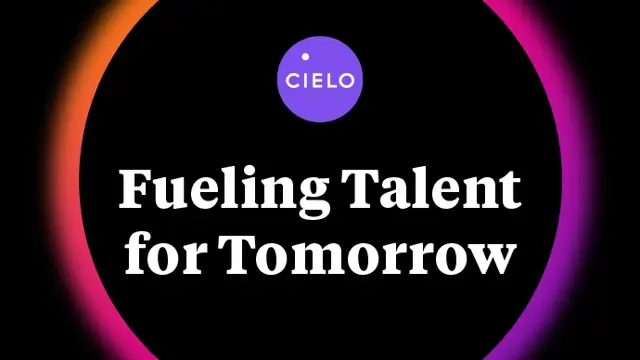Resources & talent acquisition trends
What’s current and what’s ahead
The latest talent acquisition trends, success stories and more – it’s all here. Stay up to date on industry news and craft your competitive edge with insight from our experts.
Looking for Cielo news and releases? Head to the press room.
All resources

Cielo in your inbox
We’re bringing fresh thinking to the world of talent acquisition. Sign up to get the latest talent trends, research, and more.


Illuminating the future
Explore what’s to come in this featured episode from Season 1 of our podcast, “The talent time machine.”
Featured case studies
Top news & events
Global Roundtable Series: Fueling Talent for Tomorrow
Join Cielo and innovative HR & TA leaders at our upcoming roundtable event in London to gain fresh insights, solutions, and new connections.

Recent news
The latest on all things Cielo
Cielo named on Newsweek’s Top 100 Global Most Loved Workplaces 2024 list
Cielo named a Leader in Everest Group’s 2024 RPO Global PEAK Matrix


















